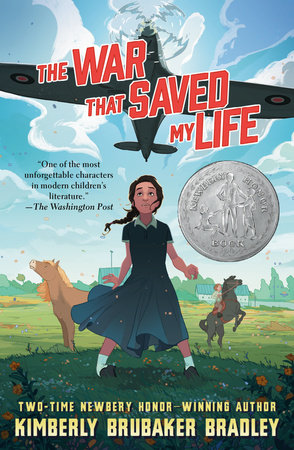From Kirkus Reviews:
“Money is tight, and Naima wants to do something to help her family. If only she were a boy like her friend Saleem, she'd be able to drive her father's rickshaw and add to the family's income. Naima does have a special talent; she can paint beautiful alpacas--traditional patterns used by women to decorate Bangladeshi homes during special occasions--but how can this help her make money? When Naima decides to disguise herself as a boy and drive the rickshaw, she accidentally crashes it, and the family's debt soars even higher. Now Naima is more determined then ever to help her family--and prove that being a girl can be a good thing. Straightforward black-and-white pastel illustrations incorporate alpaca patterns and depict various elements of Naima's daily life, and a helpful Bangla glossary and informative notes are included. A child-eye's view of Bangladesh that makes a strong and accessible statement about heritage, tradition and the changing role of women, Naima's story will be relished by students and teachers alike. (Fiction. 7-10)”
From Horn Book:
“Ten-year-old Naima may win prizes for designing and painting alpanas, the traditional decorative patterns that women use to adorn homes in their small Bangladeshi village, but, as her mother says, "Alpanas can't put rice on the table." Naima's parents can't afford school fees for both their daughters; now that it's her little sister's turn for schooling, disguising herself as a boy seems the only way for Naima to contribute much-needed earnings to her household. Naima's covert attempt to drive her father's rickshaw during his lunch break is met with disastrous results. Ultimately, though, Naima's recklessness leads to a solution that enables her to earn money with her talents-no disguise necessary. Perkins depicts a rural Bangladesh on the verge of change, as evolving gender roles travel from big cities to small villages. In addition to capturing contemporary Bangladeshi culture, Perkins even connects the vibrant plot to the economic model of microfinance- probably a first for an early chapter book! Black-and-white pastel drawings depict authentic alpana designs and also provide glimpses into Naima's dynamic world, underscoring the novel's accessible message about the intersections of tradition and transformation. A glossary and an author's note are appended. (Younger, Intermediate)”
Keywords: Bengladesh; Rickshaw; Painting; Women’s Rights
I am recommending this book for grades 3-5. I think this could be an excellent discussion starter for discussing gender equality. I think that the the author statement and the glossary add authenticity to this story from another culture. This book can be used to cover the Kentucky Education Standards for Primary and Intermediate Social Studies:
2.14 Students understand the democratic principles of justice, equality, responsibility, and freedom and apply them to real-life situations.
2.16 Students observe, analyze, and interpret human behaviors, social groupings, and institutions to better understand people and the relationships among individuals and among groups.
2.17 Students interact effectively and work cooperatively with the many ethnic and cultural groups of our nation and world.
2.20 Students understand, analyze, and interpret historical events, conditions, trends, and issues to develop historical perspective.
Retrieved from Kentucky Education Standards 11/27/17

(image retrieved form author's Website which also has more information about the author, her work, and her activism.)
Piehl, N. (2007). Rickshaw girl. The Horn Book Magazine, 83(3), 288. Retrieved from http://ezproxy.uky.edu/login?url=https://search-proquest-com.ezproxy.uky.edu/docview/199309538?accountid=11836
RICKSHAW GIRL. 2006. Kirkus Reviews(23) (Dec 01), Retrieved from http://ezproxy.uky.edu/login?url=https://search-proquest-com.ezproxy.uky.edu/docview/917241641?accountid=11836





